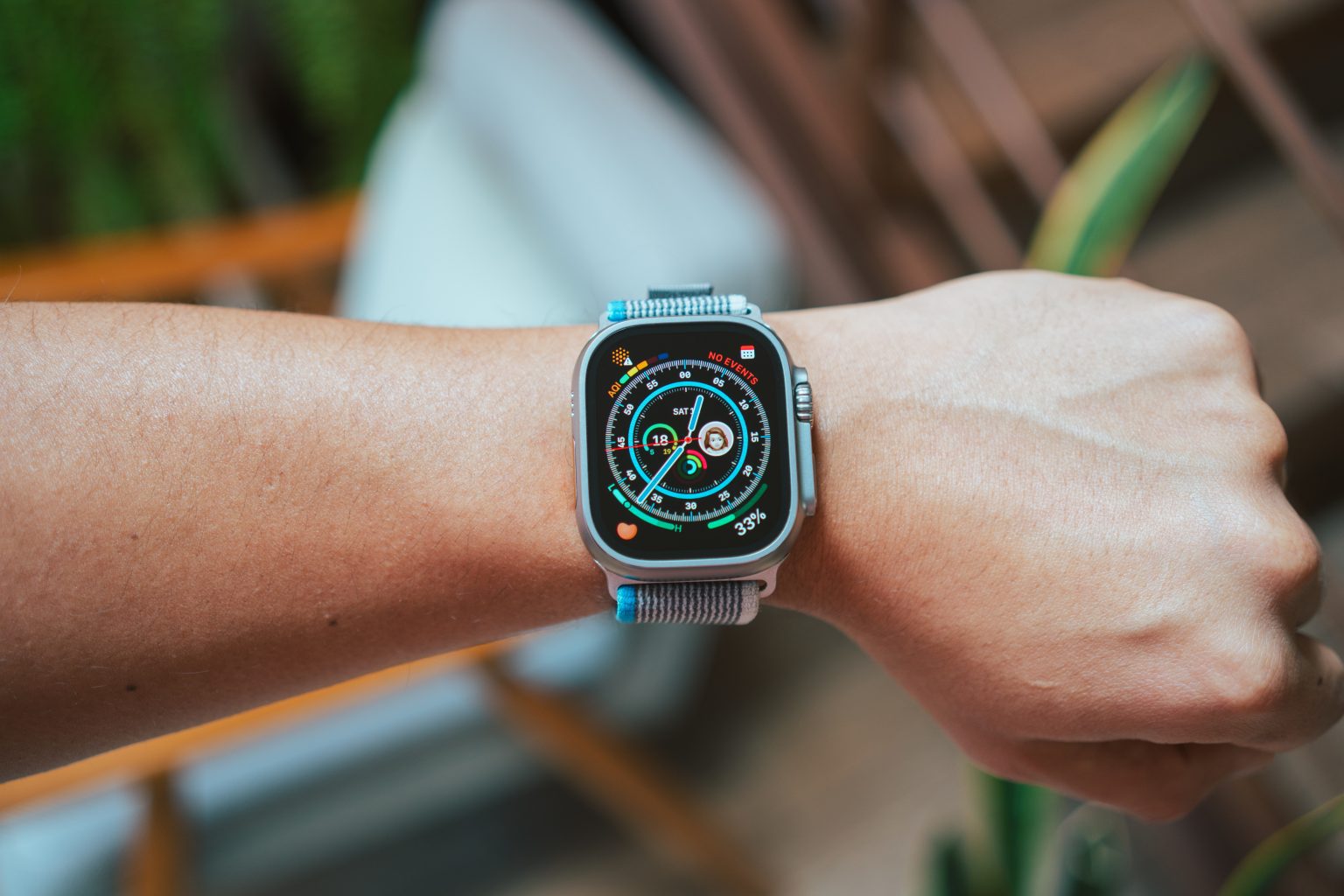Apple could be forced to delay the release of an Apple Watch Ultra with a microLED display beyond 2026 if it cannot figure out supply chain issues for panel assembly in time, according to a new report from The Elec.
According to the report, it is currently difficult to see a microLED Apple Watch Ultra in 2026 as Apple keeps running into production hiccups with the novel display technology. The microLED model has faced numerous delays over the years, with earlier plans calling for it to be released as soon as this year. This was reportedly delayed to 2025 and again to 2026, which could see yet another delay to 2027 and even beyond.
The biggest obstacle to the mass adoption of microLED displays remains production costs and poor yields, the report adds. A 2-inch microLED display could set Apple as much as $150 per panel, which is about four times the price of a typical OLED display for today’s Apple Watch models at $38. The report also adds that a typical consumer device with a $150 display usually retails for $1,500, which would nearly be double the price of the current $799 Apple Watch Ultra.

Discover new horizons, always connected with eSIM
Travel the world stress and hassle-free with the best eSIM service available. Enjoy unlimited data, 5G speeds, and global coverage for affordable prices with Holafly. And, enjoy an exclusive 5% discount.
The most conservative cost production estimate so far was issued by Omdia, which pegged the price of a 2.13-inch microLED display with a resolution of 556 by 452 at $115. The production cost simulation reported by The Elec is still considerably higher, meaning that Apple and its partners likely have a lot of work to do behind the scenes to bring the simulated cost down. In comparison, 6.1-inch and 6.7-inch OLED iPhone displays usually cost around $80 to $120 a piece, which further shows how excessively expensive a microLED Apple Watch Ultra could be at the current estimates.
Apple is also yet to designate a supplier to produce microLED displays, the report adds. The Cupertino company is known to have worked with suppliers like Epistar, OSRAM, LG Display, TSMC, and ITRI, but a formidable supply chain is yet to be set in stone as production kinks must be ironed out first.
OLED and microLED are distinct display technologies. MicroLED utilizes microscopic LEDs as individual pixels, providing advantages such as superior contrast, higher brightness, improved efficiency, and a longer lifespan. However, the complex and costly manufacturing process of microLED makes it challenging for Apple to mass-produce the technology at scale for its devices.
In contrast, OLED displays are organic in nature, which makes them susceptible to degradation over time and prone to burn-in issues. This is not observed in microLED displays because they use inorganic materials.
Apple ultimately plans to move all of its products to use a microLED display, a project it began working on with its acquisition of LuxVue a decade ago. The actual transition itself could span more than a decade to bigger products like the iPhone, iPad, Mac, and Vision Pro, just like the company began its transition to OLED with the first Apple Watch in 2014 before moving on to the iPhone and the iPad Pro as rumored sometime this year.



